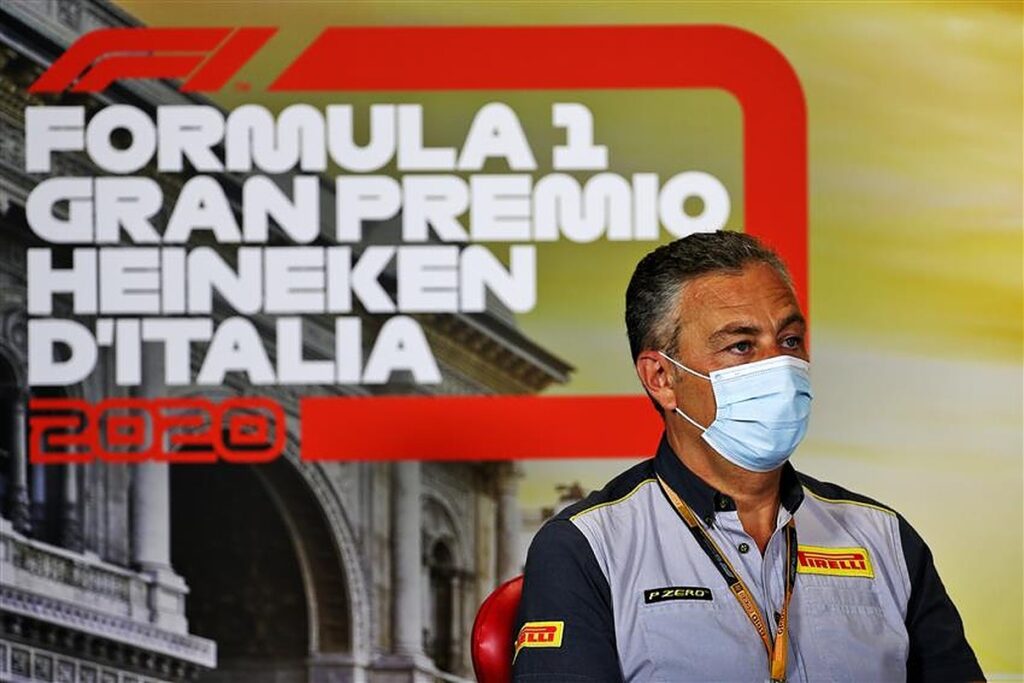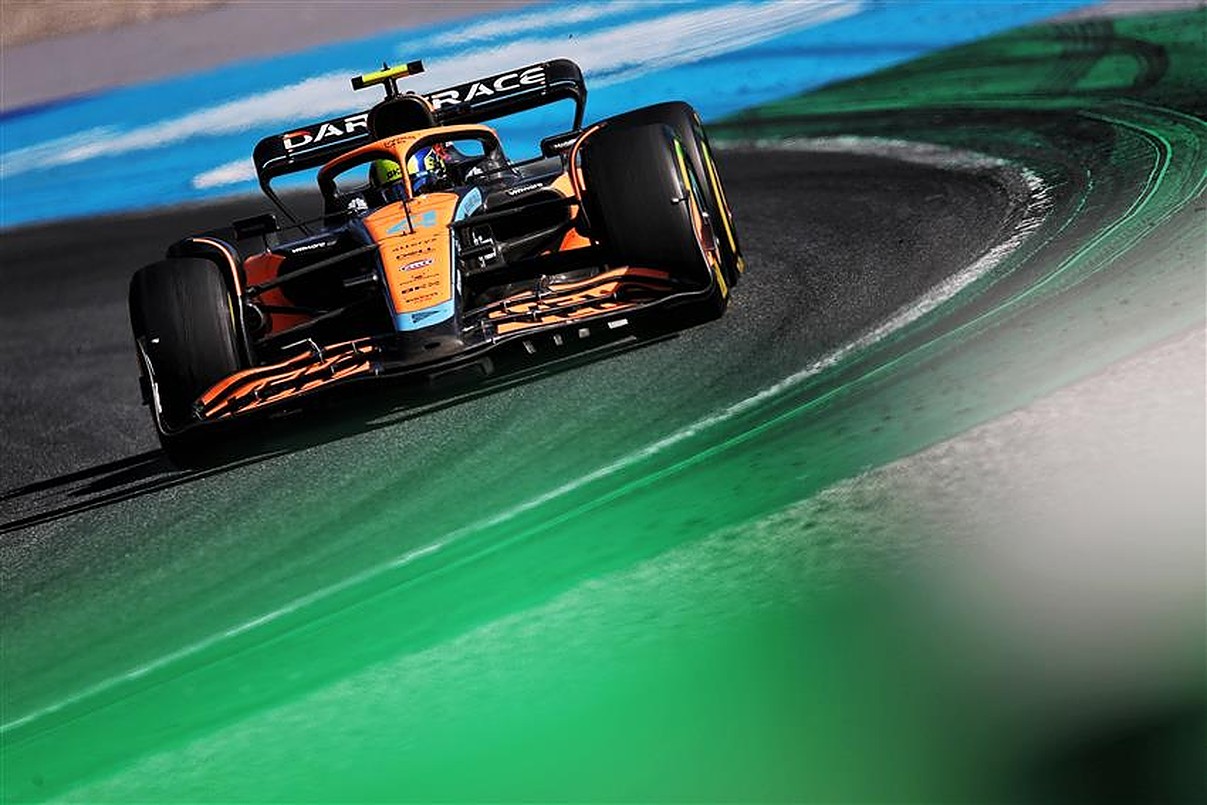Pirelli’s head of motorsport, Mario Isola, has warned that a whole new range of tyres will be needed should Formula 1 push forwards on a rule to see electric tyre blankets banned from 2024, in what would be a massive changing point in the Italian manufacturer’s approach to the championship.
Should the rule be implemented, then a tyre would need to be designed that can not only maintain temperature without assistance, but also build temperature quickly when freshly fitted.
With the sport aiming to become more sustainable, banning electric tyre blankets appears to be the sport’s next way of ensuring this for the future.
The sport has been working towards this goal since last year, where they decreased the maximum tyre blanket temperature for the front and rear tyres.

READ: Helmut Marko reveals Red Bull failed to poach driver due to ‘McLaren complications’
These temperatures were further reduced this season, with the tyre blankets only allowed to heat the tyres up to 70°C, whilst teams also have only 20 blankets available to them for the entire season.
This gradual approach taken by the sport has been done to ensure that Pirelli have sufficient time to develop suitable tyres, with Isola admitting that the “entire profile” of the tyres will need to be changed.
“If you want to drive without electric blankets, you have to design a completely new tyre,” Isola began telling Auto Motor und Sport.
“It’s not enough simply to build new compounds with a larger working range.
“The Formula 1 cars are so fast and generate such great forces that the pressures increase by ten to twelve PSI while driving. This changes the entire profile and contact area of the tyre.
Formula 2 have taken the approach of zero tyre blankets for 2022, with some wondering why F1 can’t simply get rid of them instantly too.
Isola explained that due to the considerably higher loads put through the tyres in F1, it simply wouldn’t be possible to just drop tyre blankets without adjustments having been made to the tyres.
“The increase in pressure is twice as high as in Formula 2,” Pirelli’s Motorsport boss estimated.
“Because of the high loads, we can’t just start with 15 PSI in Formula 1. Then the drivers would have to take it easy at the beginning of a stint and only slowly increase the tyre temperature.
“Of course, that doesn’t work in a race. So they have to start at 20 or 21 PSI. The pressure then quickly climbs to over 30 PSI,” the Italian pointed out.
2023 will see the maximum tyre blanket temperature reduced yet again, with the maximum temperature set to be dropped to 50°C.
This year’s new 18-inch tyres were actually developed and tested using next season’s blanket rules, with Isola believing this is why the tyres have performed so strongly this season, where a number of drivers have managed to make a set last longer than recommended by the tyre supplier.
“Next year, the temperatures of the electric blankets will continue to fall – to just 50°C front and back,” Isola added.
“This also increases the pressure differences within the stints.
“We deliberately only take small steps so that nothing goes wrong and the show suffers. The tyres work very well this year. Of course, it should stay that way even if we do away with the electric blankets altogether,” he insisted.
With so much testing needed to be done by Pirelli, the championship is looking into the possibility of extending FP2 by 30 minutes, so that new tyre prototypes can be run.
This new format will be experimented at the upcoming United States Grand Prix, something Isola is happy about.
“We need cars of the current generation. We have to go to different tracks where the tyres are subjected to different loads. And we have to drive in different conditions,” he said.
“The idea of using the FP2 for testing is actually very good,” the Italian admitted.
“The teams don’t have to travel to a track or stay longer after a race weekend. But as soon as you have a new good idea, the teams find problems.
“They complain that they have to use the same cars and the same engines as the rest of the weekend. Mileage quickly becomes an issue.”
Isola is hoping that all the teams will take part in the prototype testing, in order for the manufacturer to develop a tyre which will suit both the frontrunners and the backmarkers.
READ: Guenther Steiner admits Haas interest in signing Nico Hulkenberg
“The fast cars put the tyres under more pressure,” he said.
“We have to ensure that the warm-up process also works with the slower cars. And that the tyres don’t overheat in the fast teams.
“That’s where we have to find a good compromise so that the tyres work with all ten cars, all 20 drivers and on all tracks. It’s not going to be that easy,” Isola concluded.

